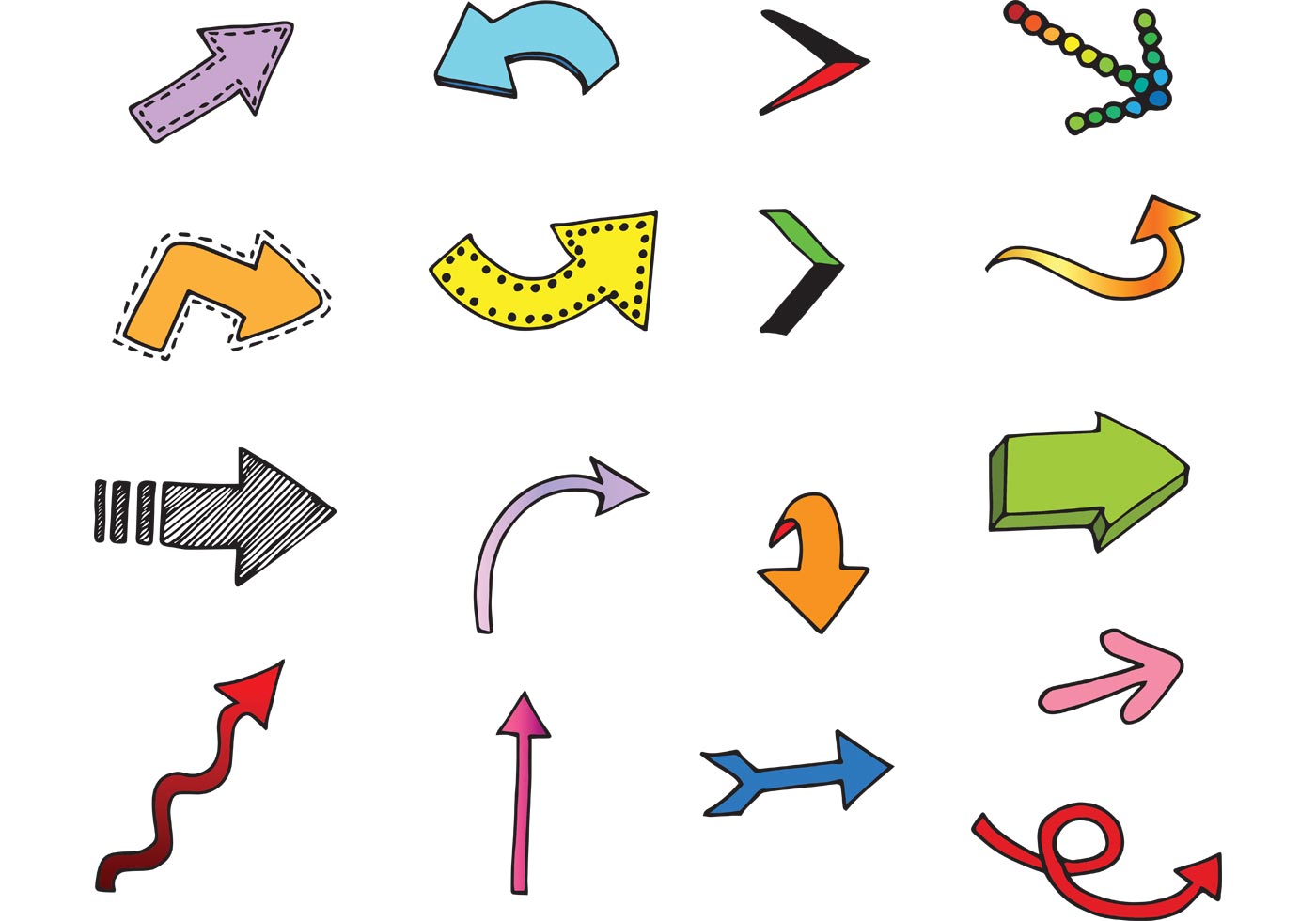
Either way, if I don't have two sets of things using the same letters, I'll just use unadorned, pen-weight letters, and just draw them kind of formally clean. Boldface isn't better, at least for speed (Maybe clarity? I have scribbly handwriting.), but knowing some calligraphy helps especially to cheat and have distinctions clearly hold within the text. It helps me get down detailed thoughts quickly to use the same notation for writing those notes that I would use when I'm writing a full proof or reasoning from a prepared vantage point. There's a reason I avoid it, which is that I hand write almost all my mathematics, writing in bulk, and it slows me down to write the arrows overhead. Hanging decorations off your letters, though, starts to cross a line and so fewer people bother.

scalars, $n$ for an integer, $q$ for a rational, $x$ for a real, $v$ for a vector, $a$ for a coeffient and $f$ for a function, uppercase for matrices, all seem perfectly sensible to most mathematicians although none is essential. Let us decide we mark an element $\mathbb$, latin vs.

A main issue with marking vectors with an arrow is that it is context dependent what is considered as a vector.


 0 kommentar(er)
0 kommentar(er)
